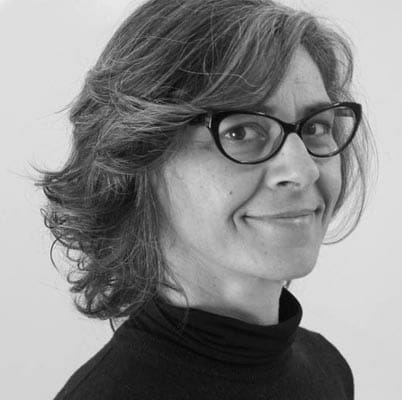
In 1992 the Amalfi Coast was included by UNESCO in the category 'Cultural Landscape' for "the extraordinary example of Mediterranean landscape with exceptional natural and cultural scenic values resulting from its theatrical topography and historical evolution," and since 1997 it was selected among the sites on the World Heritage List recognizing the anthropization of this territory as having cultural value. Anthropization is nothing more than man's intervention in the natural environment, in order to adapt it, and thus transform it, by necessity, modify it... The transformation of the territory includes architecture, from the vernacular one of the anonymous builders of lamia vaults perched on the slopes of the Monti Lattari, passing through the more well-known and conscious ones of the majolica domes, to the most recent twentieth-century adventure, which is the Solimene Artistic Ceramics signed by a philosopher architect like Paolo Soleri. The many studies and writings on his work are well known, but in this context we are interested in reflecting on the intelligent use of the local product as a factory covering. Leaving aside technical issues, I would like to focus on the evocative value of the facade. While still in the early twentieth century chimneys were the architectural witnesses of the presence of ceramic activity, along with mills and settling tanks for clay, with the change of technologies and fuels and the industrialization of processes, the presence of kilns in the residential fabric was reduced and decentralized. In the early 1950s, on Matteotti Square, a belvedere and crossroads for the Amalfi Coast, the tiled panels of stores thickened, the stretch of highway bypassing c.so Umberto I was built, and at the same time work began on the port of Salerno. These years full of ferment saw the birth of architecture that would somehow become the new gateway "to the land of ceramics." Perhaps this image would be emphasized by the construction of the overpass that was to be the entrance to the sales area thought of by Soleri but never realized. So the image of the town changes, but in the Solimene factory the architecture finds a new way to manifest the presence of the main local activity and the community recognizes its evocative power. Vicariously, this presence influences the formation of citizens' taste and sensitivity toward the ceramic presence in the urban fabric. Both with striking cases such as the majolica factories along Via De Marinis leading to Cava de' Tirreni, whose structures are respectively covered with flakes and spikes predominantly of auburn green, and with much more discreet cases such as in the most 'intimate community' places. From the second half of the 1950s to the present day, majolica becomes increasingly present in the cityscape. If before there were domes, a few votive plaques, a few ecclesiastical pavements, pavings and lambrì begin to appear along historic routes climbed on hamlets and shared by fragments of community: colorful strips of 'vietrese cutaway' that help keep old, steep flights of stairs clean. They are often the tangible result of parental or friendship relationships that, with little expense, have made it possible to revitalize and maintain small nooks and crannies hidden from most. Since the 1990s, administrations have taken on this direction, sensitized not only by the feeling of the local community as much as, and perhaps more so, by the political debate that arose around the protection of traditional national productions that raged with the globalization of the market. Debate that in the ceramics sector led to Law 188/90 for the protection of Artistic and Traditional Ceramics and Quality Ceramics, through the establishment of the CAT and CQ marks. From here on in Vietri sul mare, but also in the other municipalities of ancient ceramic tradition, furnishings in majolica, stoneware, etc. are requested and provided for at the time of design for public works, but also scattered around a bit, taking advantage of small cleaning and maintenance works, sometimes at the urging of citizens, sometimes to celebrate the skill of some local craftsman. Thus, in a coming and going of suggestions, the landscape changes according to the technical and humanistic directions that the community, slowly, undertakes. Yet the crux of the problem remains the same and remains unresolved: how to make the anthropization of this delicate and fragile habitat as little impact as possible without museifying the area or making it a Disneyland? How to make it more livable for those who live there, more welcoming for those who visit it? How to make ceramic production structurally compatible with the village dimension in a context of tourism, but also bordering the metropolitan area?